Open ChatGPT, select “Deep Research,” submit a structured prompt (attach files if needed), and let it browse, analyze, and compile a cited report — typically in 5–30 minutes depending on complexity. As of Apr 24 2025, Plus/Team/Enterprise/Edu include 25 monthly Deep Research queries, Pro includes 250, and Free offers 5, with a lightweight version after you hit the full-version cap.
When you need answers that go deeper than a single AI model, use GlobalGPT Deep Research — your gateway to multi-model intelligence. Instantly compare insights across GPT-5, Claude, Gemini, Perplexity, Mistral, and other world-class models — all in one place.
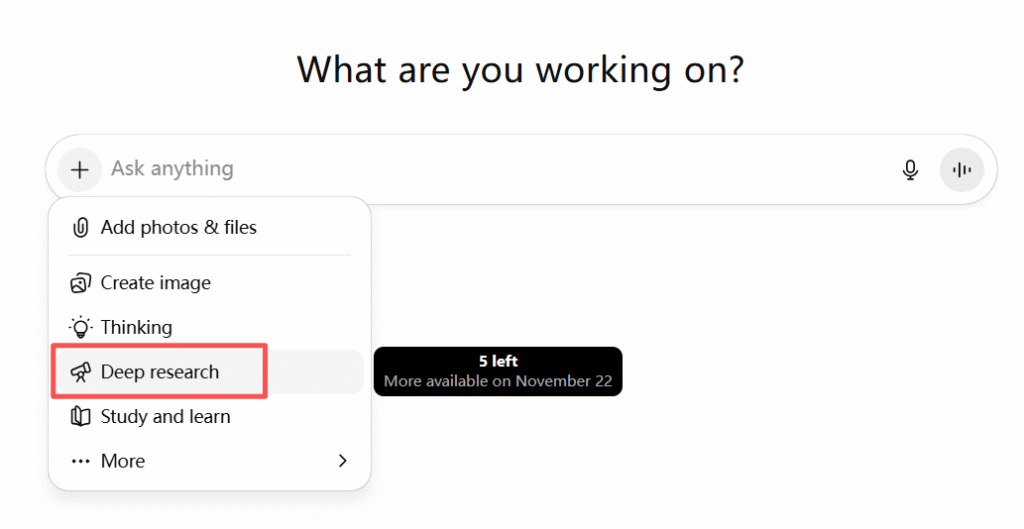
What Is ChatGPT Deep Research — and Why You Should Care
Deep Research is an AI research agent inside ChatGPT that autonomously browses trusted sources, synthesizes findings, and returns a structured, cited report. OpenAI describes it as an end-to-end research workflow using browsing and a Python tool trained via reinforcement learning on real tasks.
- Why it matters: For multi-source literature reviews, competitive analysis, or due diligence, it saves hours and delivers stronger evidence-based insights. OpenAI’s Help Center notes tasks usually finish within minutes, with longer jobs taking up to 30 minutes.
The core value of deep research lies in its ability to sift through broader data sources—such as arXiv, academic journals, and websites—and generate extensive reports, sometimes spanning 25 or even 50 pages of analysis. If you frequently tackle complex subjects like dissertations, conference papers, or large-scale market research, having an AI-powered “agent” to consolidate all data can save you significant time.
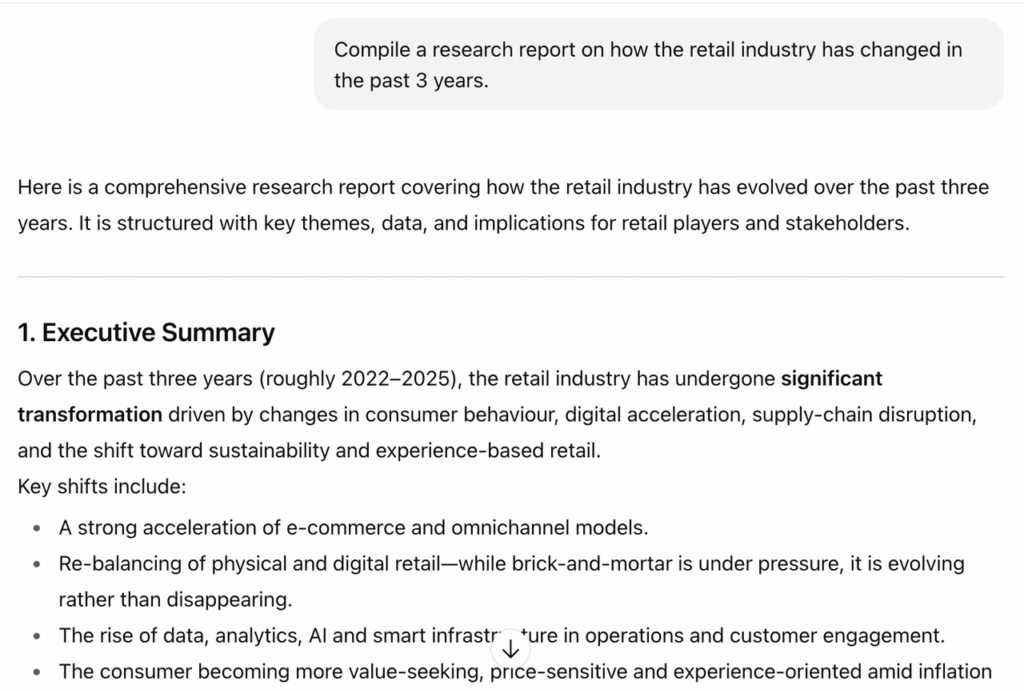
How the Engine Works — The Mechanics Behind ChatGPT Deep Research
Unlike normal ChatGPT conversations, Deep Research uses a structured five-step pipeline inspired by agentic reasoning (as outlined by GPTBots AI and OpenAI documentation):
- Query Decomposition — The model breaks your prompt into sub-tasks and search questions.
- Agentic Browsing — It autonomously visits multiple web sources for relevant data.
- Critical Synthesis — It filters low-credibility sites, aggregates core facts, and compares evidence.
- Structured Output Generation — Findings are organized into sections with inline citations and summaries.
- Iterative Refinement — If gaps appear, the agent loops to strengthen accuracy and consistency.
OpenAI’s April 2025 update introduced a cost-efficient “lightweight” variant powered by o4-mini for shorter tasks.
Access & Eligibility — Who Can Use ChatGPT Deep Research and What Are the Limits
Availability varies by plan and region; usage resets every 30 days from first use.Current allowances (Apr 24 2025):
- Plus / Team / Enterprise / Edu → 25 queries per month
- Pro → 250 queries
- Free → 5 queries + a lightweight fallback mode
OpenAI is also rolling out data connectors (SharePoint, OneDrive, GitHub) for Deep Research on eligible accounts.
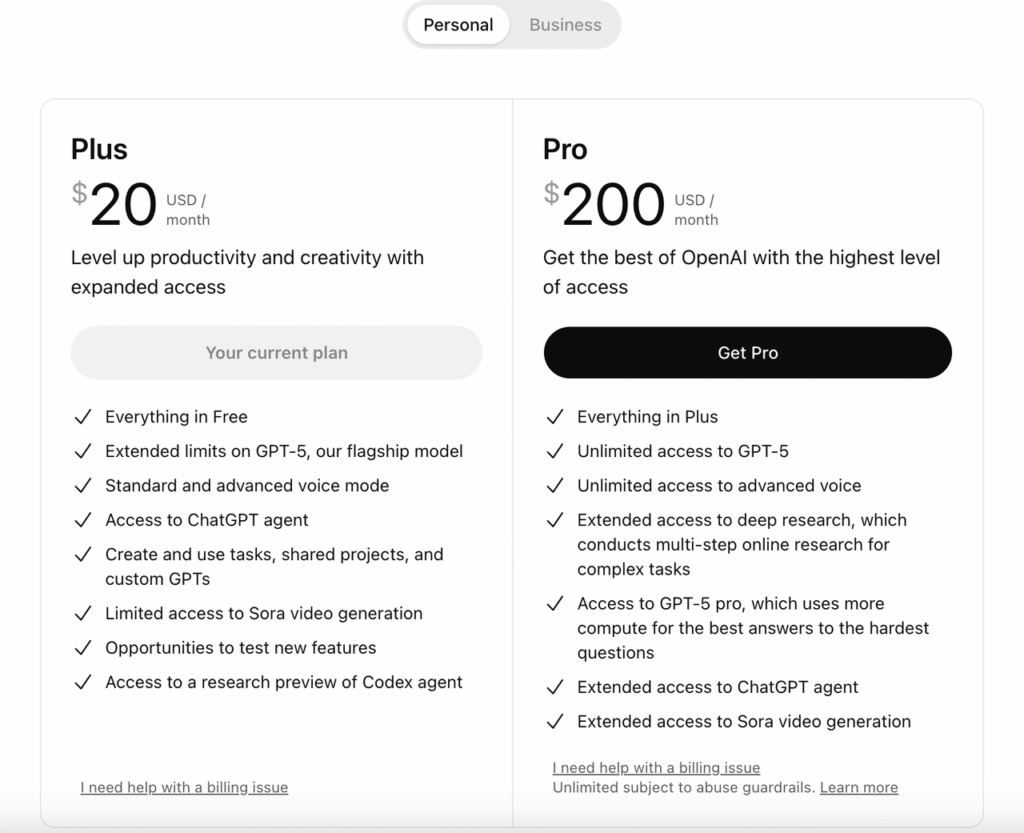
Step-by-Step Tutorial — How to Start a Deep Research Session in ChatGPT
- Log in to ChatGPT on a plan with Deep Research access.
- Select Deep Research in the composer.
- Define a clear question with scope and expected output.
- Attach PDFs or spreadsheets for context.
- Submit and wait as it gathers and synthesizes.
- Review citations and refine if needed. Most tasks finish within minutes; complex ones may take up to 30.
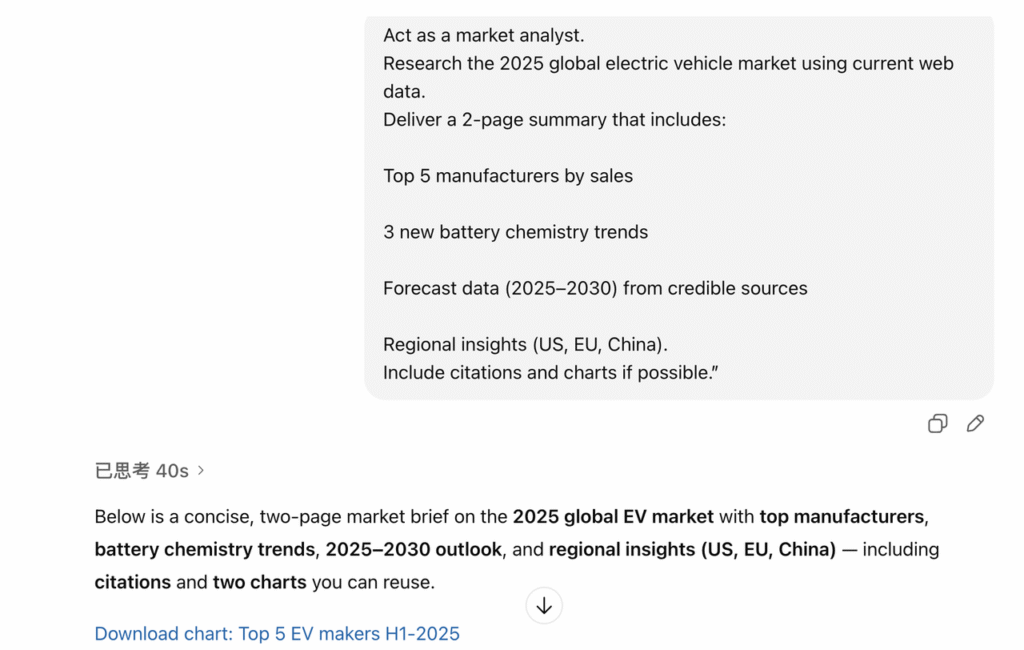
How to Write Effective Instructions
Crafting the right prompt is crucial. Be specific about yours:
- Objective (“Compare X and Y technologies for 2025 trends”).
- Scope (Time frame, geography, industry).
- Format (Report outline, table, key insights).
- Depth level (1-page summary vs 10-page analysis).
A recommended workflow: first ask a standard GPT-4 model to draft a research plan, then run Deep Research on that plan to save credits and improve focus.
Boost Your AI Workflow with GLBGPT
Looking to push beyond ChatGPT Deep Research? Try GLBGPT, a next-generation platform that lets you Access 100+ Powerful AI Models — All in One Place. Compare GPT-5, Claude, Gemini, Veo 3, Midjourney, and more side-by-side for writing, research, design, and data tasks within a single workspace. Perfect for marketers, creators, and engineers who need multi-model superpowers without switching tabs. Try GLBGPT today and turn AI chaos into clarity.

All-in-one AI platform for writing, image&video generation with GPT-5, Nano Banana, and more
Real-World Use Cases and Scenario Examples
- Market & competitor analysis
- Academic literature review with citations
- Technical comparisons (architectures, frameworks)
- High-stakes consumer decisions
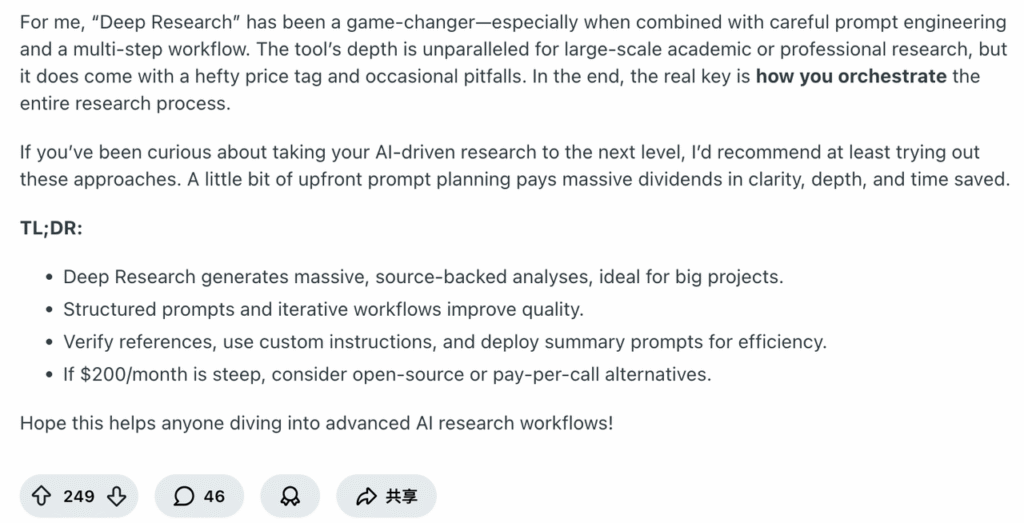
Troubleshooting & Knowing the Limitations
Even the best tools have constraints—when using Deep Research you may encounter missing or weak citations, especially on pay-walled or niche topics; excessive runtime, particularly if the prompt is too broad or lacks structure; and limited availability, as features may not yet be fully deployed in all regions or all subscription tiers. Always manually verify key findings, ensure references include full metadata (title, author, date, URL), and be ready to break large tasks into smaller iterations if the system starts to run long. Keeping these checks in place helps you maintain accuracy and productivity.
FAQs — Quick Answers
- How long does a session take?
Usually 5–30 minutes, depending on topic complexity, number of sub-queries, and data availability.
Yes. It browses current web sources, compiles information, and provides inline citations with publication dates and URLs.
Plus/Team/Enterprise/Edu plans get 25 tasks per month; Pro users 250; Free users 5 plus a lightweight fallback mode once the full quota is reached.
Generally high, since every claim is backed by multi-source reasoning, but always verify key data and numerical values manually before publishing or citing.